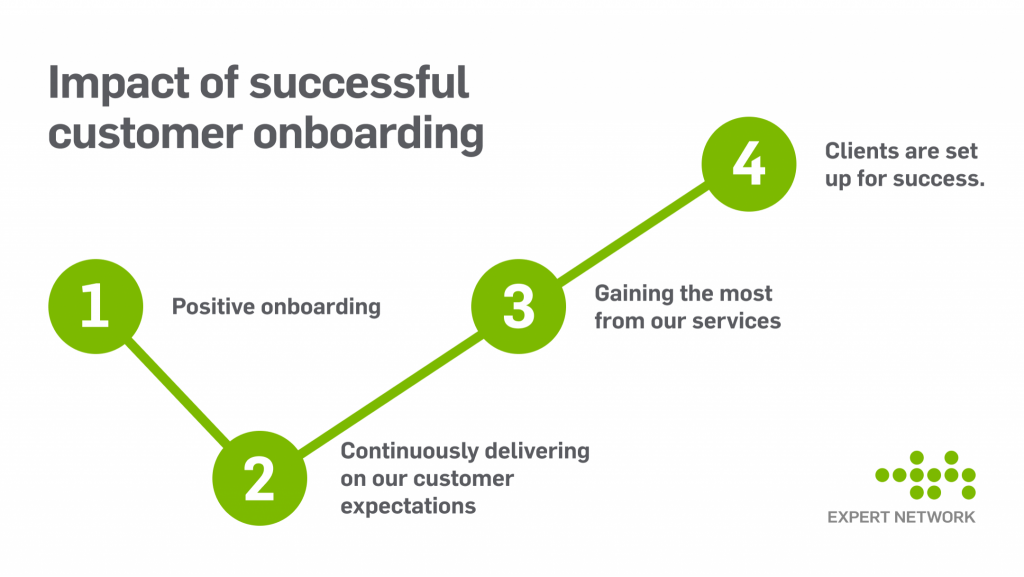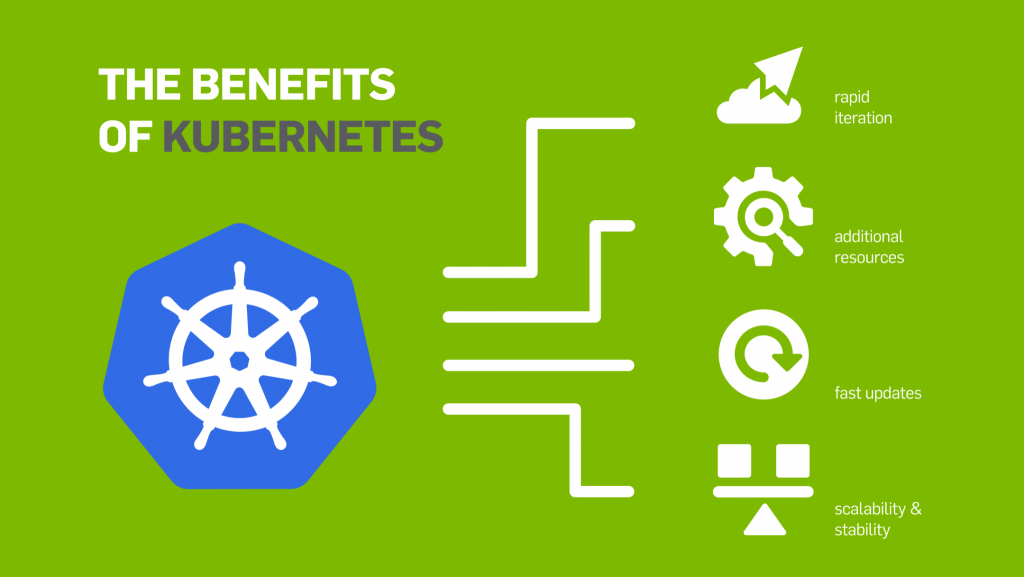In today’s digital landscape, software isn’t just a tool; it’s the backbone of modern businesses. Whether it’s part of a strategic initiative or a game-changing opportunity, building the right software can dramatically enhance a company’s efficiency and impact. But with this potential comes a significant challenge—software projects often demand substantial budgets, extensive collaboration, and the perfect IT partner.
How do you ensure that the IT partner you choose will deliver results and align with your vision?
This is where customer onboarding plays a pivotal role. A company’s approach to onboarding is a window into its dedication, professionalism, and ability to build lasting partnerships. The way this process is handled is an early indicator of future success—and at Expert Network (EXN), we take it seriously.
What Customer Onboarding Means to Us
At EXN, we see customer onboarding as more than just a process—it’s the foundation of a long-lasting, successful collaboration. Our onboarding is designed to not only introduce clients to our services but to ensure they feel supported and confident from day one.
By actively listening to our clients’ needs and concerns, and responding with clarity and strategy, we create a roadmap for success. We guide our clients step-by-step, setting clear expectations and fostering open communication, ensuring they are positioned to meet their goals from the very beginning.
Why Onboarding Matters
The onboarding phase is critical—it can make or break the client experience. A smooth, positive onboarding journey reassures clients that they’ve made the right choice. It sets the stage for long-term success, increases lifetime value, and often transforms first-time clients into loyal advocates.
On the flip side, a poor onboarding experience leaves clients frustrated and uncertain, increasing the risk of dissatisfaction and churn. At EXN, we’re committed to creating an experience that not only avoids these pitfalls but actively fosters trust, collaboration, and success.
Our Approach: A Strategic, Client-Centric Process
We approach onboarding strategically, with transparency and trust at the heart of our process. For us, successful onboarding isn’t just about meeting deadlines—it’s about building a partnership where everyone involved is informed, aligned, and empowered at every stage.
The Initial Touchpoints
We kick off with a deep dive into your business. In this phase, we explore your:
- Vision and goals
- Pain points and current challenges
- Technology stack
- Design and technical requirements
- Non-functional requirements
This isn’t just a checklist—it’s an opportunity to understand your unique business landscape so we can tailor our approach to fit your needs.
Discovery Workshop: Setting the Stage for Success
Next comes our Discovery Workshop, where we dig deeper into your business needs, future goals, and expectations. It’s during this phase that we align on timelines, budgets, and solutions, setting clear and realistic expectations for everyone involved.
By fostering open communication from the start, we reduce the likelihood of surprises down the road. Our goal is to establish a clear pathway to success—one where your vision is the driving force behind everything we do.

Our Methodology: Built for Seamless Delivery
Delivering software isn’t just about writing code—it’s about methodology, process, and communication. Our customer onboarding process includes:
-
Delivery Approach – We establish a “cone of uncertainty” to provide realistic estimates of scope, cost, and time, helping manage expectations upfront.
-
Agile Methodology – Clients are introduced to our Agile approach, where frequent sprints, reviews, and adjustments ensure flexibility and progress.
-
Collaboration Tools – We employ a suite of engineering (Azure, GitHub, TestRail) and communication tools (Teams, Google Meet, Zoom) to keep everyone connected and on the same page.
-
Governance Meetings – Monthly or as-needed meetings provide high-level updates, roadmap alignment, and a forum to address any blockers or opportunities.
-
Aligned Leadership – Our team brings together multiple perspectives to guide each project: the DevOps Coach, Product Owner, Development Leads, QA Leads, and Account Manager. This holistic approach ensures every detail is covered from operational to delivery and governance angles.
Why Our Onboarding Works
The success of our onboarding lies in our commitment to transparency, communication, and performance. We don’t just aim to deliver a product—we aim to build a partnership. Through our thoughtful approach, we:
- Ensure higher software delivery performance
- Develop useful, working products at each sprint
- Communicate progress effectively and often
- Minimize release and deployment pain
- Foster a healthy, balanced work environment for teams
- Constantly track and meet milestones and goals
At Expert Network, we’re not just about completing a project; we’re about building a culture of performance where every team member feels connected to the project’s success.
Wrapping Up: Building Trust, Delivering Value
In today’s fast-paced world, the right onboarding experience can transform a business relationship. We know that customer onboarding isn’t just the beginning—it’s the foundation for future success. By providing a strategic, transparent, and tailored approach, we’ve built lasting relationships with clients who trust us to deliver time and time again.
When you choose Expert Network, you’re not just getting a software solution. You’re partnering with a team that’s invested in your success from day one.














